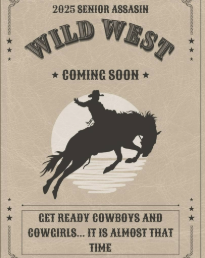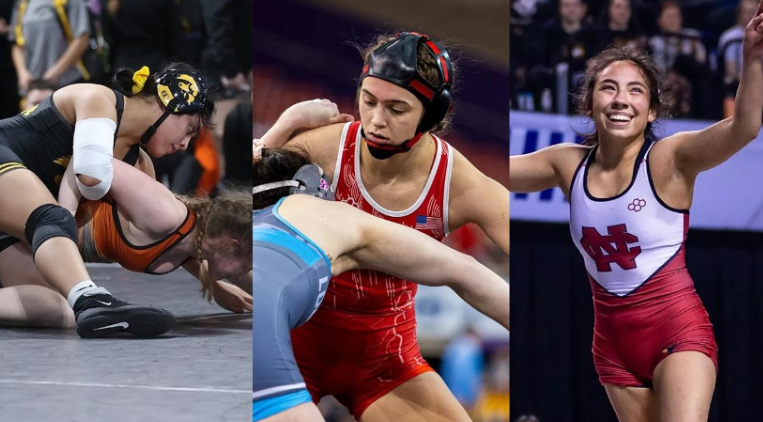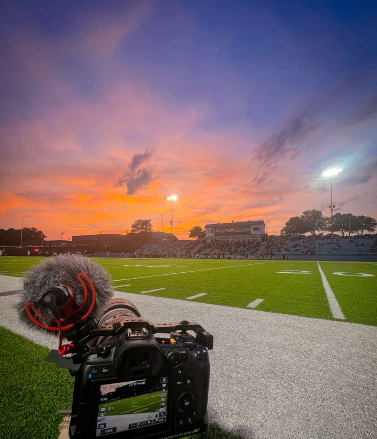You may be thinking, “Oh my god, my life is over! School’s taking away my childhood!” Rest assured. It is not.
John Torre, Executive Director of Communications for Fairfax County, stated in an article posted by The Washington Post that ‘“[O]ur plan may be to pivot virtual learning for all students on day three and beyond.”
Torre’s comment just goes to show that your childhood is not in fact being taken away. Virtual learning in Fairfax County is more likely for the times there are more than a few days of missed school from a snowstorm, not the very first, and possibly only day there’s a bit of snowfall.
This plan can apply to Virginia Beach schools as well. Look back to the days of the pandemic where class was held via Zoom with constant Canvas assignments for each class. That was then. An asynchronous snow day does not have to be structured like that.
An awful snow storm breaking out here in the 757 is unlikely, but if one does arise, it’s important to already have a plan set. There are numerous ways to conduct an asynchronous learning day, such as teachers posting a couple assignments through Canvas.
Circling back to the times of Covid, the attendance of students during virtual learning tanked drastically. Even with the ones that did attend their mandatory class Zooms, the majority of kids were asleep with their cameras turned off.
The problem of potential blackouts emerges as well. So, how can all these issues come together and create successful virtual learning when, say, a blizzard comes to light?
Mr. Petrice, Assistant Principal here at Kempsville High School noted that “one of the things we do as a school and pretty much … at every school I’ve been at, we have a folder just for emergency learning plans.”
He went on to explain that these emergency plans may have absolutely nothing to do with what the current lesson plan may be since teachers have no idea when they’ll need to post this material.
These emergency plans leave teachers at ease from hustling to create a lesson plan on a surprise few snow days. Now, if one day of snow turns into a full school week, that’s when it creates stress for teachers to miss out on in class material and days of teaching the required curriculum.
However, since posting classwork is as easy as pasting it into Canvas, virtual learning provides students and teachers easy-going school days in the comfort of their own homes. Students have all day to get their work done and catch up on past assignments and give teachers extra time to plan and grade work. Most schoolwork already gets posted on Canvas, so if the snow days go over a few days at a time, teachers can just post their regular lessons as per usual. Students can still contact their teachers by email or Canvas with any questions or concerns they may have.
“I prefer asynchronous days to regular days because they offer a quiet environment for me to work at my own pace as opposed to a loud classroom where it can be hard to concentrate,” writes Kaeli Koopman, a staff writer for Knight Errant.
While asynchronous learning days in other districts and states are set up differently, Koopman has a great point that she can get all her work done at her own pace and not have to worry about the distractions of classroom learning getting in the way of completing assignments. Her point absolutely can apply to asynchronous snow days. Students will still be able to get all assignments done, possibly with better performance without all the distractions, and will have ample amount of time in doing so.
“My only concern is that generally when you have a snow storm there’s generally some type of power outage. So the students that have a power outage, does it negatively impact them ‘cause they didn’t get to do an assignment?” notes Mrs. George, Principal at Kempsville.
This is definitely a concern up for discussion. I believe that the students that have a power outage could either have extra time to make it up, or they could be completely exempt from the assignment.
An additional issue up for debate is the matter of student attendance and completion of assignments.
Mr. Petrice expressed that “usually the work was always submitted” during virtual learning back in his days of teaching.
The same amount of ambition for in person schoolwork and homework will be reflected towards their asynchronous work. The ones that already get all their work done will get their asynchronous work done as well. The students that do hardly any work and sleep through their class most likely won’t get their work done, but that’s not of much difference anyways.
Another way to view whether or not students will actually complete their asynchronous work is that students are already assigned homework nearly everyday. The majority of students get all of their homework and unfinished assignments done with just a few hours after school and extracurriculars, so they’ll have plenty of time to complete asynchronous work on a snow day. If students can complete all their homework and missing assignments on their own without a teacher in the room to enforce it, what’s the problem with a day of a few assignments with the deadline of an entire day to complete it all?
“I feel like the asynchronous [days] not only helped many students who needed a break, but it also helped students who needed more time studying…with their homework and missing assignments,” states sophomore Peyton Stallings. “It didn’t give students leisure but it gave students a little more room to be able to do assignments.”
This affirms that virtual snow days not only help teachers and students stay on top of the required curriculum, but also gives everyone a bit of relief. Teachers have more time to grade work and plan ahead at home without having to physically teach the material for ninety-minutes two to four times a day. Students now have more time to catch up on all their assignments and don’t have to worry about the typical in person learning demands. Students and teachers can catch up on that much needed sleep as well!
Despite the concerns of blackouts and student work ethic, asynchronous learning snow days offer leniency for students and teachers in terms of assignment deadlines and catching up; it gives everyone an easy going workload without having to worry about missing needed school days.










